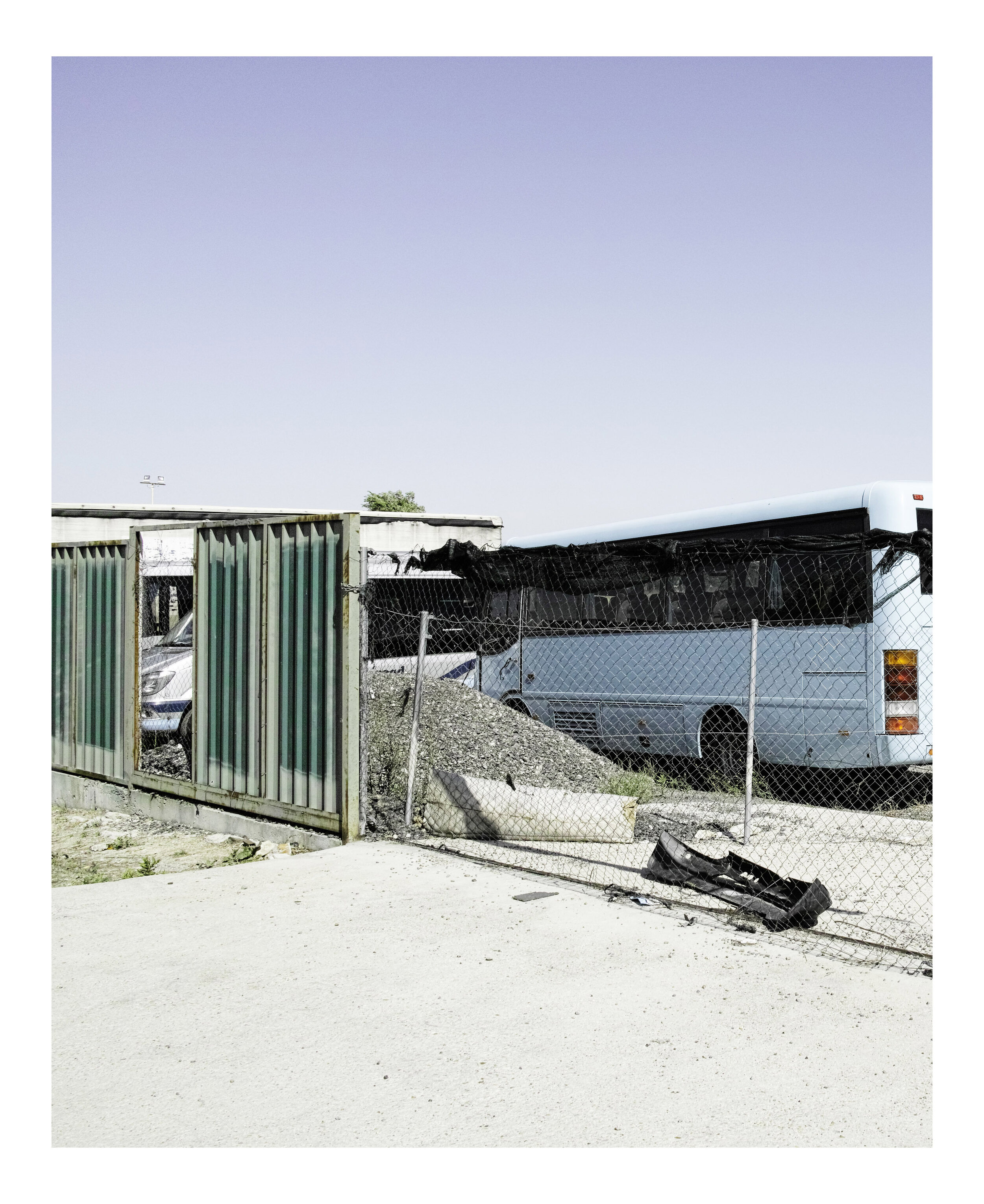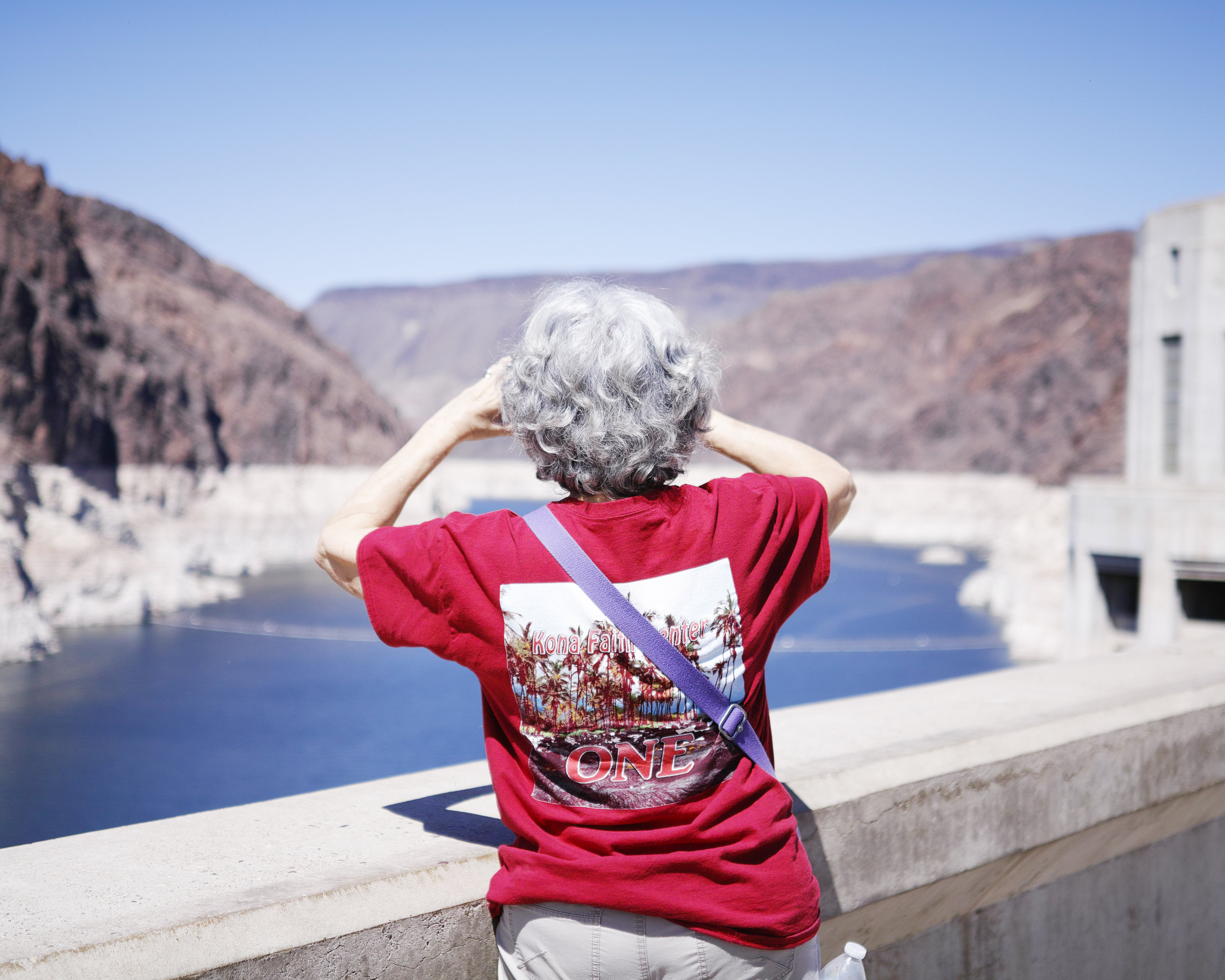The most striking thing about the camera on first impressions is the form factor. Slab like, with a corner missing. It’s a bit of head scratcher, but once the camera is in hand, it's reasonably comfortable, the big grip giving ample support.
There’s a few other things to like. The dual screen makes shooting easier, one side displaying your current setting and the other previewing images, the menu system is intuitive and easy to navigate and there’s a nice tactile switch that swaps between the viewfinder and the rear screen with a satisfying click.
The EVF is high quality, one of the best I’ve seen in the newer generation of mirrorless cameras, and with histograms and focus peaking displayed onscreen, its generally a very easy camera to pick up and start shooting with. Everything, more or less is in the place you’d expect it to be, excluding the power button which is on the flange barrel.
There are though, of course problems, and anyones who’ve ever owned a Foveon camera can probably skip this part.
The biggest by far is actually the software. Sigma’s Photo Pro is on version 6, yet still remains one of the clunkiest ill designed pieces of software I’ve ever used. It takes an age to do anything, and dealing with large batches of photo’s will leave you pulling your hair out. Unfortunately, it's the only software that can deal with the Sigma Raw file, so you’re stuck with it.
The camera itself is painfully slow to focus, regardless of what lens you have attached. For every street scene you manage to capture, ten will be lost thanks to slow hunting and missed focus. There’s nine focus point. Yes, that’s not a typo. Nine. Its 2019.
Processing is quicker than on previous generations of Sigma camera’s, but shooting a burst can still leave the camera clunking away for up to 30 seconds trying to process what you’ve just shot. You can set up previews as your shooting, but checking critical focus can take an extended amount of time.
There’s colour grain at every iso. At 100 you see it scattered amongst the shadows, but pushing to 400 and you’re starting to see a smattering through the entire image, which leaves anything beyond virtually unusable.
The sensor has an included removable IR filter which is a dust magnet. Cleaning it becomes a tiresome chore, and removal to clean the sensor is bum clenching operation. Twice I’ve had it stuck at an odd angle, and my biggest fear is that one day it’ll manage to really wedge itself in there. The sensor also gets hot. Lava hot.
Sigma have pushed out there SA mount onto this camera, which means they’ve essentially made a mirrorless camera without any of the benefits of the mirrorless system. If you’re a Sony or Canon user, forget any adaptor because of the built in flange extension so you’ll be having to buy your entire lens collection again in SA mount. It’s a missed opportunity, a huge own goal, especially for a company that produces the widest range of mounts on their lenses.
Finally, image quality. Its good, really good.





























